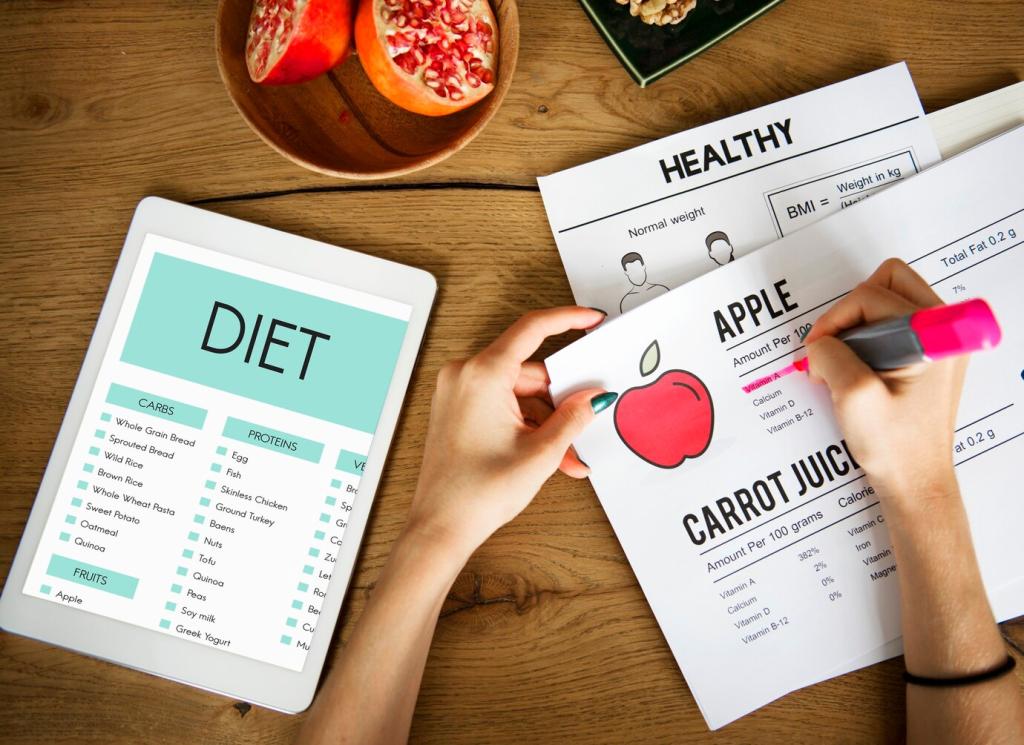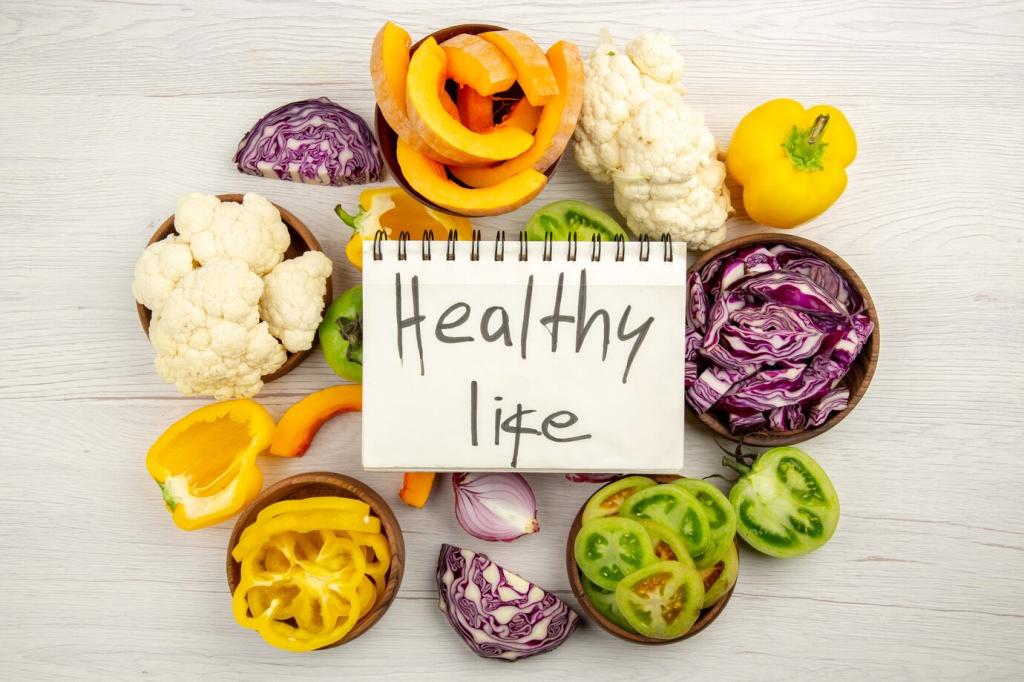Fuel Up Right: Carbohydrate Loading for Endurance Events
Today’s chosen theme: Carbohydrate Loading for Endurance Events. Discover smart strategies, practical menus, and real stories to help you top off glycogen, race stronger, and finish with a smile. Join the conversation, subscribe for fresh endurance nutrition insights, and tell us your next big goal.
The Science Behind Carbohydrate Loading
Glycogen supercompensation, simply explained
Carbohydrate loading boosts stored glycogen beyond everyday levels through a taper plus high-carb intake for one to three days. Many athletes aim for roughly eight to twelve grams of carbohydrate per kilogram daily. Expect fuller muscles, better late-race energy, and a calmer mind. Comment if you’ve felt that extra gear after mile twenty.
Why it matters for races lasting 90 minutes or more
When efforts stretch past ninety minutes, glycogen becomes the limiting fuel, and low stores often cause the dreaded bonk. Loading extends time to fatigue, supports even pacing, and lowers perceived exertion. If your event is shorter, you likely do not need a full load. Share your race distance so we can tailor future tips.
The taper connection that makes it work
Reducing training volume decreases glycogen use so more of your carbs go into storage instead of fueling workouts. Combine a brief taper with high carbohydrate intake to trigger supercompensation. Think of it as restocking the shelves before race day. Which taper length works for you? Drop your preferred timeline and subscribe for upcoming protocols.
Six to four days out: steady foundation
Keep carbs moderate to high, around five to seven grams per kilogram, while gradually tapering training. Emphasize familiar foods and start trimming fiber to reduce gastrointestinal risk later. Maintain protein and micronutrients with simple, gentle choices. Tell us your favorite midweek meal that keeps you feeling light and confident before the big push.
Three to one days out: the true loading window
Increase carbohydrate to eight to twelve grams per kilogram daily using low-fiber, low-fat, high-carbohydrate staples. Include sports drinks, rice, pasta, potatoes, pancakes, juice, and soft breads. Sip fluids consistently and add a bit of sodium. Watch fullness and scale trends without panic. Comment if you prefer two larger meals or many small snacks.
Race morning: top-up without turmoil
Eat one to four grams of carbohydrate per kilogram, one to four hours pre-race, based on your gut tolerance and start time. Choose easy options like oatmeal, white toast with honey, banana, applesauce, or a sports drink. Avoid experiments. What’s your go-to breakfast? Share it, and subscribe for a printable pre-race checklist.





Hydration, Sodium, and the Water-Weight Myth
Each gram of glycogen typically binds about three grams of water, so a one to two kilogram increase is common during loading. That fluid supports blood volume and thermoregulation on race day. Do not fear the number; celebrate it as stored energy. Has your scale ever spooked you before a big race? Share how you reframed it.
Hydration, Sodium, and the Water-Weight Myth
Include modest sodium with meals and choose sports drinks to help retain fluid. Sip consistently rather than chugging, and avoid overhydration. Clear to pale-yellow urine suggests you are on track. Watch for dizziness, swelling, or confusion and seek guidance if concerned. Comment with your favorite electrolyte product and why it works for you.
Mistakes to Avoid and Myths to Ignore
Classic depletion-then-load protocols are not necessary for most athletes and can increase stress. A simple taper plus high-carb phase reliably boosts glycogen with fewer risks. Practice during long training weeks to refine your approach. Have you tried both methods? Share which felt better and subscribe for our comparison guide.



